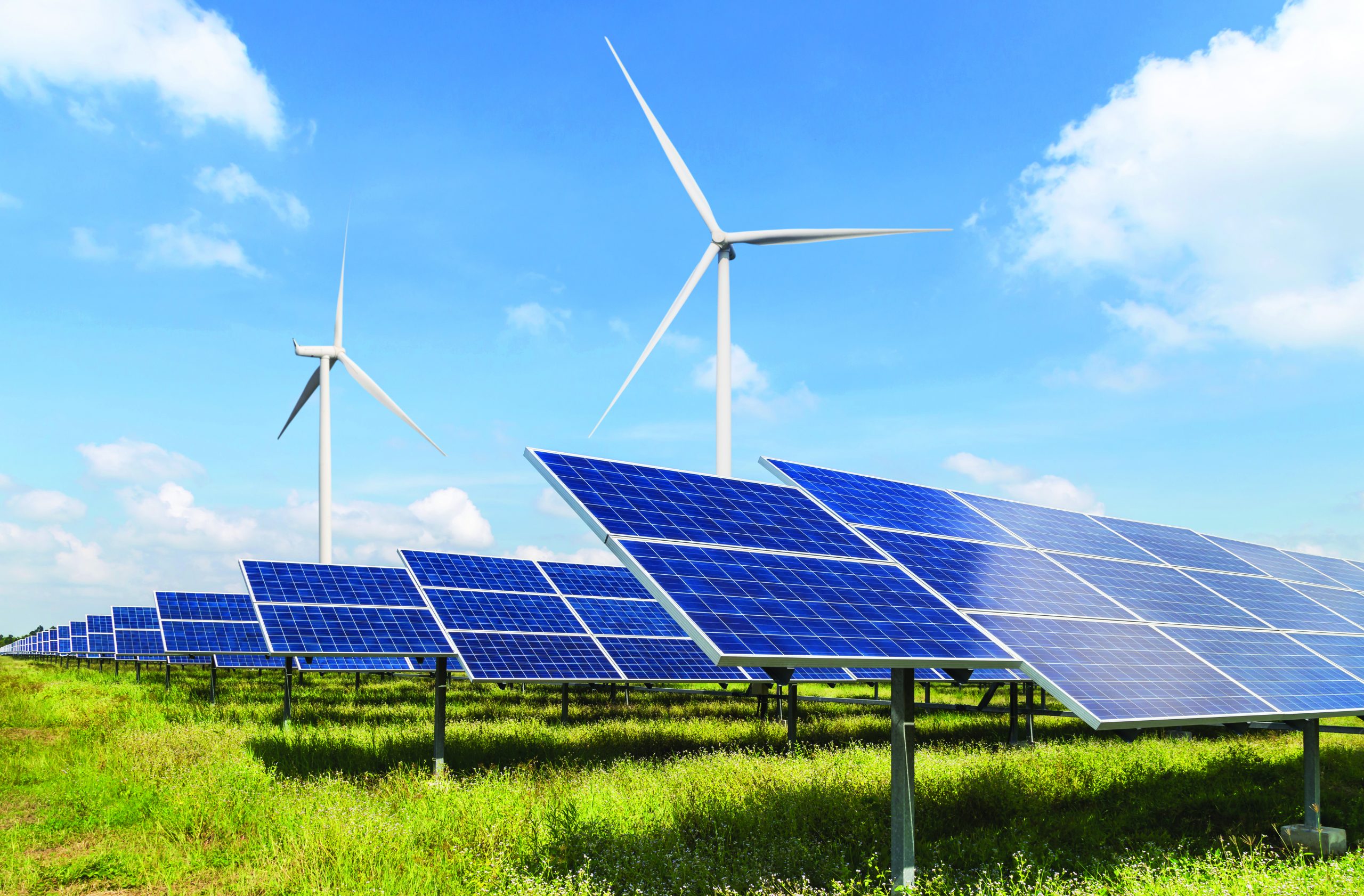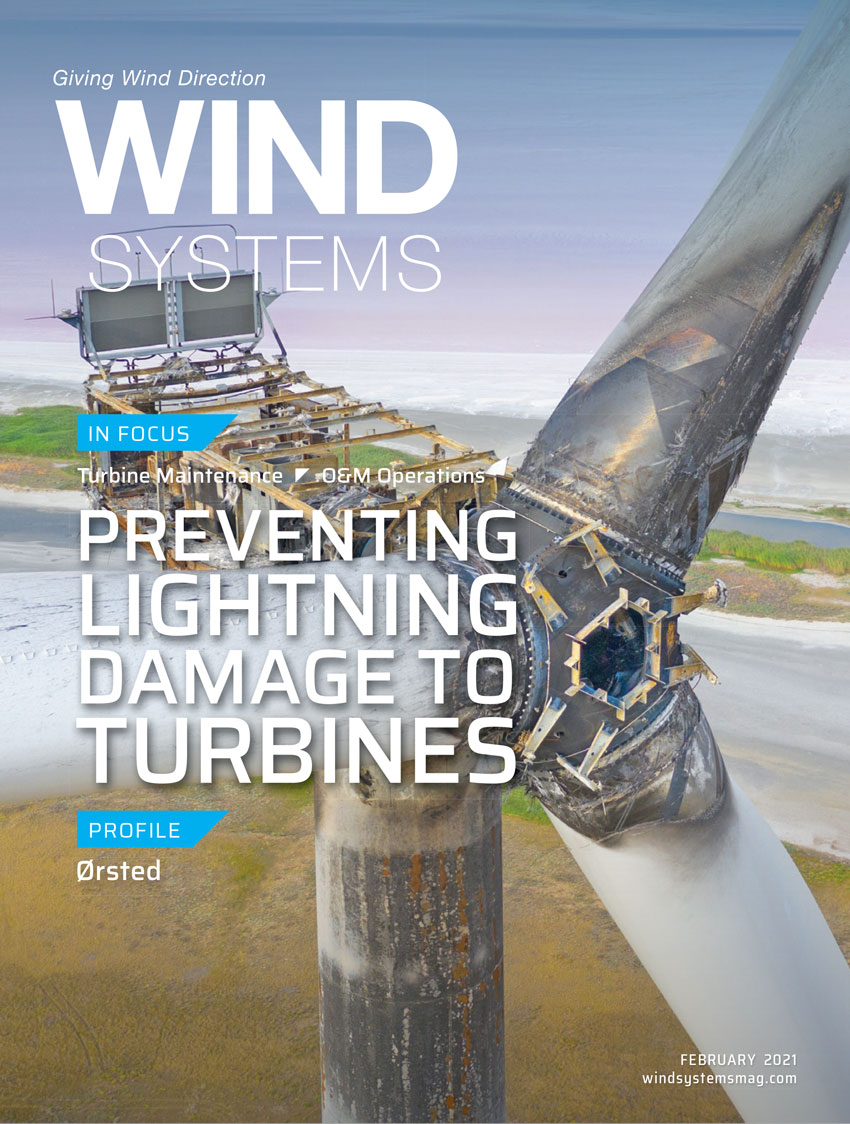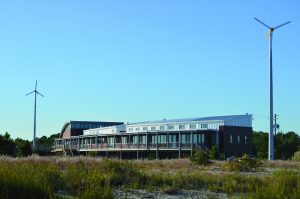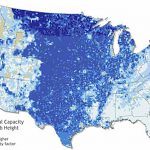After years of the federal government being a leader on the path to renewable energy, corporations and local governments now are taking a larger role in getting more green power on the grid.
During 2020, there was a 45 percent increase in the installation of renewable projects over the previous year, and with corporations and local governments on board, even more renewable energy is likely to see reality, according to Jessica Adkins of the global law firm Sidley Austin LLP, where she advises companies on developing, financing, and investing in renewable energy and battery-storage projects. Adkins is based in Houston, Texas.
Before Adkins began practicing law, she was an engineer, a skill that she has found to be a significant help as she advises on structuring viable renewable projects in complex power markets.
“We have a large team at Sidley that works with a full range of participants in the industry, both on transactional and regulatory matters,” she said. “Clients include everything from private equity investors, infrastructure funds, sponsors, developers, IPPs, banks, tax equity investors, power marketers — the full range of folks that are involved in the market.”

Renewable Energy from the Source
And even though there are quite often many hoops to jump through in order for corporations to procure green energy, many corporations have become sophisticated consumers able to effectively navigate the process, and new solutions are being developed to simplify renewable energy procurement to enable others.
“Corporations are going out, and they’re looking to buy electricity to power their own facilities, which often means going directly to generators,” she said. “And through that way, they’ve become a significant driver of new generation. Sometimes, smaller companies can’t necessarily go and directly buy from generators because they might not have enough load to make that work; they may procure it through other mechanisms. For example, a number of retail electric providers are working on streamlined solutions that allow corporations to procure renewable energy from specific sources directly from their retail energy provider just like the corporation procures any other power.”
In addition to businesses procuring energy from renewables, they also want their supply chains to follow suit, according to Adkins.
“They’re asking all their suppliers to procure renewables as well,” she said. “There’s GHGP (Green House Gas Protocol) reporting that people do to track greenhouse gas emissions. So, that’s the first bucket that we were talking about: Buying renewable energy to power your own facilities. That would be reducing what’s called Scope 2 emissions. And then, when you’re looking at your supply chain and asking your suppliers to become green, that’s what you call Scope 3 emissions. I really think you’re seeing corporations doing it themselves, and then, through the influence that they have driving change, other corporations (go green) that might not even have become motivated to do it in order to keep their corporate customers happy.”
Federal vs. State and Local
With an incoming Biden Administration expected to be much more favorable to a U.S. renewable future, Adkins stressed that the machinations that get renewable projects going are often on the state and local levels.
“I think that governmental incentives can always accelerate the transition to renewable energy, but that change is going to continue regardless of the government support,” she said. “And I would say when we talk about the government, there are two levels: The Biden Administration is obviously the federal level, but we’re also seeing a lot of support at the state level, which is certainly continuing. Continual favorable policies in both the federal and state level are going to be helpful.”
Some of the options states have are in setting mandates and offering subsidies, according to Adkins.
“They can also set mandatory required amounts of renewable energy, which is what we see in the renewable portfolio standards,” she said. “They can obviously increase the portfolio standards, which is going to drive renewables. If you have regulatory requirements to comply with, that’s going to drive renewables regardless of what the federal tax incentives are. If people have to do it for compliance reasons, they’re going to do it. There are obviously states that are being very aggressive in terms of adopting renewable energy portfolio standards and targets.”
Red-State Resources
With wind and solar resources being extremely abundant in red states, Adkins said it is important that the economic advantages of renewables are made clear.
“One of the interesting things about wind and solar resources is that when you look at the country and do an overlay of the red states and blue states and where the best resources are for renewables, then you see quite a bit of resources in red states,” she said. “(In many red states), you don’t necessarily see opposition in terms of just building new generation facilities.”
For example, Texas has one of the highest penetration rates of renewables in the country, but there aren’t a lot of state-level incentives, according to Adkins.
“In Texas, it’s economics; it’s easy to get a project done there in terms of permitting, etc.,” she said. “And there are a lot of great resources in terms of wind and solar. So, it’s really just the convergence of all of those factors. The renewable portfolio standard in Texas was met quite a long time ago, so there is way more renewable generation than is required by state law.”

The Need for Incentives
Where significant incentives might have been necessary to spark renewable energy growth 10 to 20 years ago, they are continuing to become less of a factor, although they still can be a vital part of getting a project going, according to Adkins.
“Projects that are being built right now are still being built with incentives,” she said. “For example, with respect to solar — pretty much what you’re going to be seeing built between now and the end of 2025 — is going to have some sort of significant tax incentives associated with it. This is due to the phase out of the solar investment tax credits coupled with deadlines by which projects must be placed in service in order to receive the tax credits. That’s one of the reasons we’re having a lot of activity right now in solar.”
With wind, it’s been a slightly different story of late, although there are still incentives pushing wind, according to Adkins, as the ability to receive the 60 percent production tax credit amount was extended a year in the year-end legislation.
“There was a lot of activity in wind just getting projects brought online (last) year,” she said.
Offshore Possibilities
And with the buzz of offshore wind still exciting many in the renewables sector, the involvement of local businesses and governments will still be an important piece of the puzzle, according to Adkins.
“The recent extension of the 30 percent federal investment tax credit for offshore wind projects that begin construction before 2026 will obviously help,” she said. “But then there are also state policies that support it, which are going to help as well, because, just like any other facilities, in order to build these, they are going to have to have long-term commitments to buy that energy. To the extent that we get aggressive policies at the state level that support offshore wind procurement, that would help support that.”
To get local businesses on board with offshore wind, it’s going to take education and getting residents to understand the economic, as well as the environmental, impacts, according to Adkins.
“Some people may not like the thought of looking out and seeing wind farms, so education will help people understand what that’s going to look like and how it’s going to impact other activities such fishing,” she said. “I think especially if there’s a push in some places in the U.S. where there are not great onshore resources for wind or there’s not enough land, etc., places that might not otherwise have access to wind energy, certainly through offshore, can augment their ability to have it.”
Corporate Cooperation
Part of possible corporate cooperation with the implementation of offshore wind could involve offshore oil and gas, according to Adkins.
“They’re certainly well-positioned from all their offshore experience,” she said. “I know we have seen some joint ventures between onshore wind developers and offshore oil and gas. I think part of it though, for them, a lot of it’s their capital allocation, and where are they going to be able to make the most money. That has historically been a complaint for oil and gas companies that they can’t get the same return on capital in the renewable industry as they can in oil and gas. But one nice thing about offshore projects is that they have the potential to be huge projects and deploy significant amounts of capital.”
How such companies might involve themselves with renewable projects remains to be seen, but the opportunities are available if those corporations see it as economically feasible, according to Adkins.
“I think that oil and gas companies are taking a couple of different approaches there,” she said. “Some just use renewables to help power their core business. They might use, for example, solar panels to power remote drilling operations because it’s a more cost-efficient power source. Then, you do have some others that have been a little bit more vocal about it and trying to figure out how they can position themselves to be a full part of the energy transition.”








































